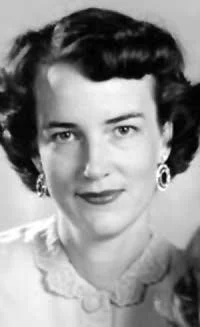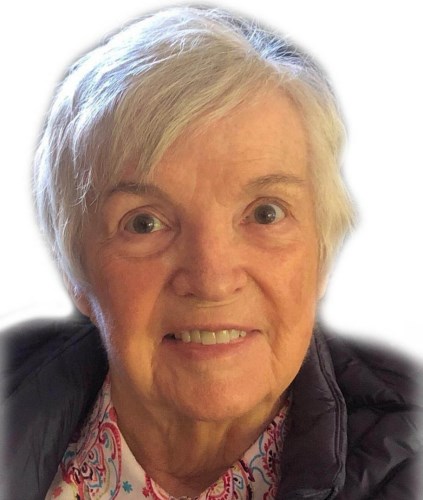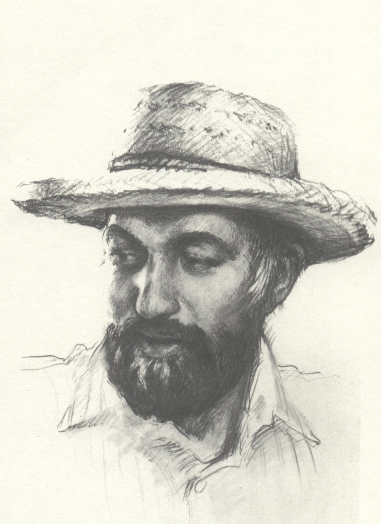Barbara Madsen recently taught as a visiting instructor of printmaking at Brigham Young University and in 1989 at Southern Utah State College. She is currently working on her art and doing collaborative printing. She received a bachelor of fine arts from Brigham Young University and a master of fine arts from Drake University in Des Moines, Iowa. Her work has been exhibited throughout the nation in competitive exhibitions including College of Notre Dame of Maryland, New Jersey Center for the Visual Arts, North Dakota Print and Drawing Annual, and in Kanagawa, Japan, at the fifteenth International Exhibition of Prints. Numerous awards include several juror’s purchase awards from the Utah Arts Council, Exhibition 48 purchase award from Southern Utah State College, and from Art Link, Fort Wayne, Indiana. Madsen’s work reflects a profound need to find peace and truth among the stark and often grim circumstances of life. She says, “We live in a world of opposites. We stare at brutality, blindness, turmoil, and sirens; yet we seek a world of resolution, wholeness, and peace. We are confronted with shadow, deceit, screaming, and loneliness; yet we hope for light, tranquility, honesty, and clarity. There is a division of reality in our minds; beyond desolation, conflict, and greed, there exists a verdant world of hope, of passageways, and luminous truth.”
Learn more







